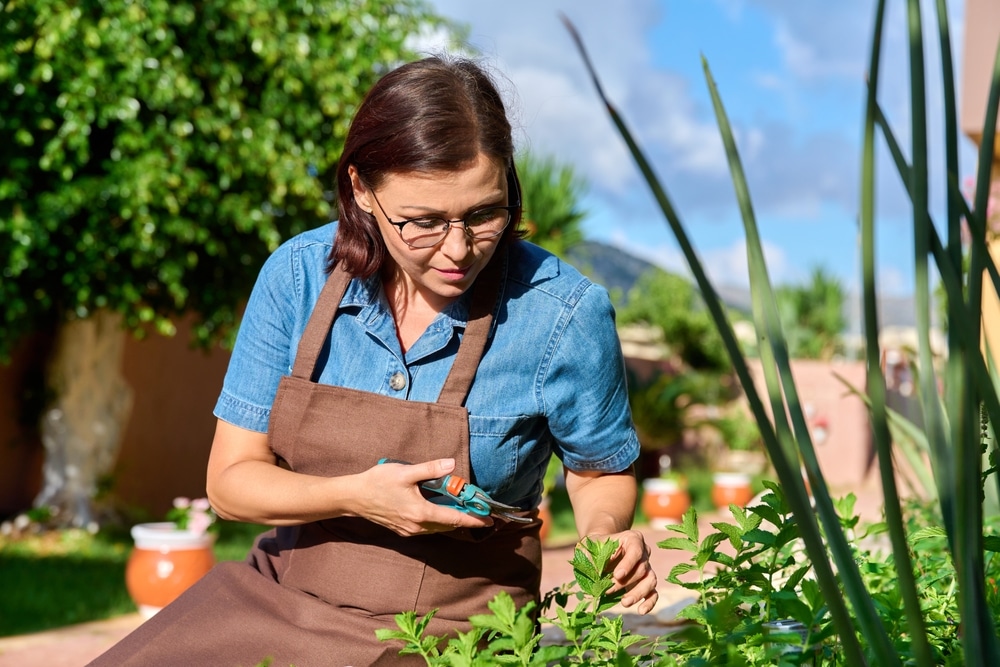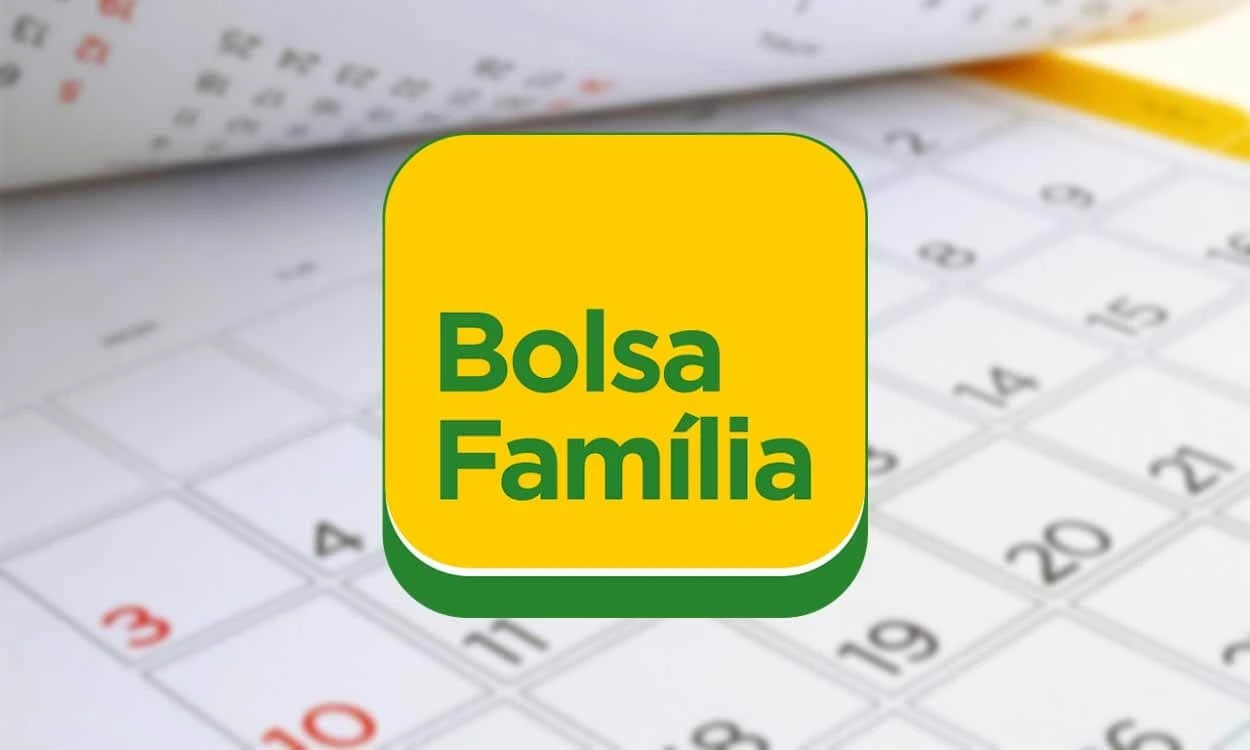
Do you want to set up a small vegetable garden at home and don't know how to start? Are you interested in finding beautiful plants that are very easy to grow? Would you like to always have herbs and spices on hand for your culinary creations? If you answered "yes" to any of these questions, this article will interest you. Today we're going to tell you how to create your own thriving herb and spice garden at home. They are ideal for beginner gardeners as they are very easy to grow and do very well in pots.
HOME-GROWN HERBS AND SPICES
WHERE TO PUT THE VASES
You can build your herb garden in planters or in pots, they adapt to small containers. Do it indoors or outdoors, depending on the climate. The best option is to do it outdoors, but as aromatic herbs need warm temperatures, this can only be done if you live in a place where the climate is temperate. In cold regions, you'll need to bring them indoors in winter to prevent the plants from freezing to death. If you live in an apartment without a balcony, don't be afraid to grow your garden indoors by a window. They will probably stretch out and be more fragile than plants grown outdoors, but will still provide plenty of fresh cuttings.
The first tip is to find a sunny spot in your house or apartment to create your vegetable garden. Most aromatic plants and spices require at least six hours of sunshine a day, so look for a place with plenty of natural light. If you don't have access to a space with enough sunlight, you could consider installing grow lights to help the plants thrive.
There are three types of aromatic plants: perennials, annuals and biennials
Perennial plants can live for many years if you give them the care they need. Some lose their leaves in winter and others keep them even in the cold. Among the former, also called expired, are mint and some sages; among the latter are thyme and rosemary.
Annual herbs live for a single season . After they flower, their life cycle ends and they die. Basil and dill are two of them.
The biennials produce stems and leaves in the first year and flower the following year. Cumin, from which we use the seeds, and parsley are biennial plants.
There is a long list of herbs and spices to grow in containers. Here's a short list of the most popular ones:
- Basil ( Ocimum basilicum )
- Oregano ( Origanum vulgare )
- Rosemary ( Rosmarinus officinalis )
- Thyme ( Thymus spp.)
- Sage ( Salvia officinalis )
- Dill ( Anethum graveolens )
- Mint or spearmint( Mentha spp.)
- Chives ( Allium schoenoprasum )
- Cumin ( Cuminum cyminum )
- Coriander ( Coriandrum sativum )
- Parsley ( Petroselinum crispum )
- Tarragon ( Artemisia dracunculus )
Choose the vases
You can plant your garden in one large pot or in a collection of small pots. That way, the herbs will thrive in any container with adequate drainage. Calculate that each plant needs 1 to 2 liters of substrate. So if you use two-liter pots, the plant will be more comfortable and you'll water it less often. If you want to group several aromatics together, the calculation is simple: multiply the number of plants by two and use a pot of that volume.
Only place herbs together if they have similar sun and water requirements. Rosemary and thyme can go together, both want many hours of sun and little watering. Basil and chives, which prefer moist soil, can also go together.
The substrate must be a porous, loose and good quality mixture so that the plants find the nutrients they need to grow. In nurseries and garden centers, you'll find suitable substrates that include perlite or vermiculite, light materials that retain moisture and aerate the mixture. Don't use garden soil, it's too heavy for pots and will suffocate the roots.
Plants or seeds?
Seeds have their advantages: they are cheaper and the plants are born adapted to the place where they will live. But depending on the variety, it can take a long time to get an adult plant. My advice is to buy perennials (which take longer to grow) and plant annuals or biennials, which will grow quickly. This way you'll have greenery from the start and you'll enjoy the process of germinating the seeds.
For cultivated plants, follow the watering instructions on the label or, failing that, ask the nursery. The seeds need constant humidity from the moment they are sown until the plant forms. During this time, instead of watering, it's best to spray water on the substrate until you see that it's very damp.
Irrigation
Each plant has its own water requirements. Some need the soil to maintain a certain level of humidity at all times, while others prefer the soil to dry out completely between waterings. The size of the container and its location also affect how quickly the substrate dries out. When watering, pour the water slowly over the entire surface to wet the entire root ball and do this until the excess water begins to drain through the drainage holes. Therefore, during the growing season, you should add a liquid fertilizer to the irrigation water once a month.
So when you need herbs for cooking, use scissors, a knife or even your fingers to cut what you need. No fear! Take the oldest and healthiest branches first, without insect damage. If it's an annual plant, you can consume it completely. However, in the case of a perennial, don't harvest more than a third of the plant or it will struggle to regenerate.
Grow herbs using hydroponics
Hydroponics is an agricultural technique that doesn't use soil. The root of the plant is immersed in water and from there it extracts the nutrients it needs to live. You can also grow aromatic plants and spices only in water, although this is not something I know from experience and I can't comment much on it. According to what I've read, some herbs that adapt to hydroponics are: basil, coriander, mint, fennel, chamomile, marjoram, oregano, parsley, rosemary, thyme and valerian.
Did you like this article? Good for you!
So, take the opportunity to add more flavor to your days. Visit our social networks! We have then Pinterest, our Facebook and the Instagram, finally the Youtube! So, make many more recipes, they are so good!


